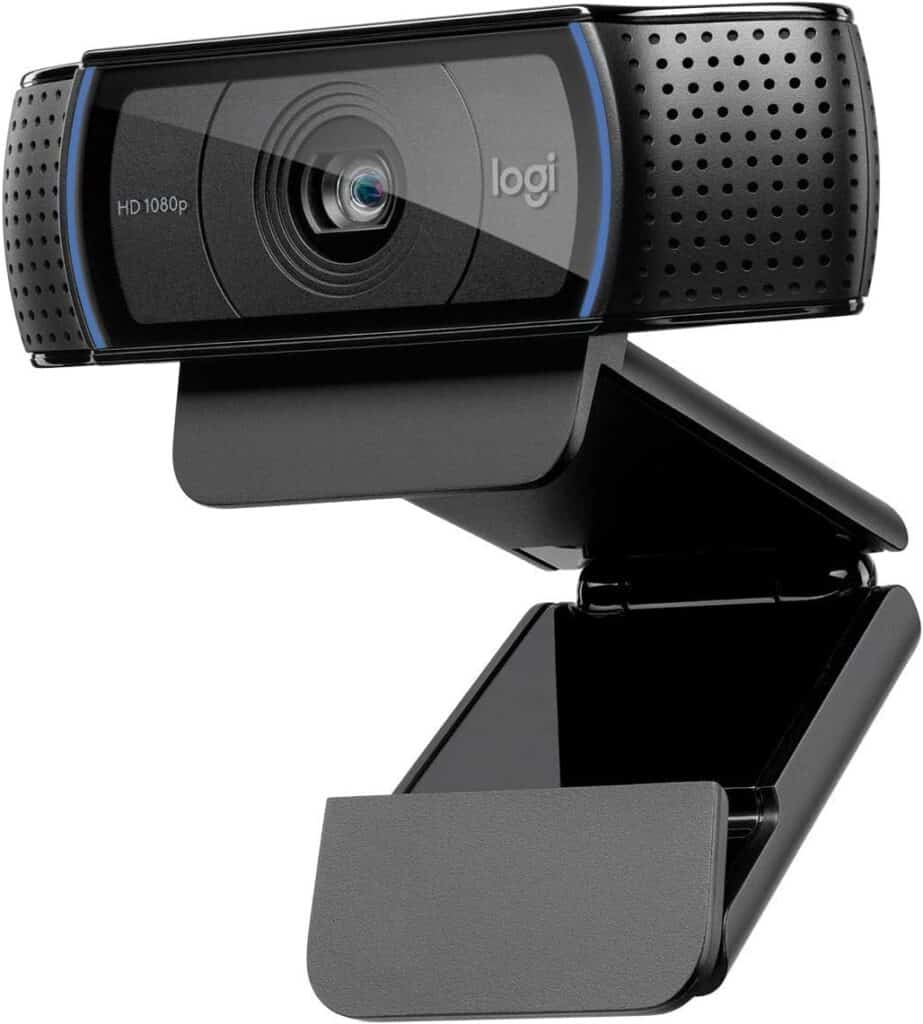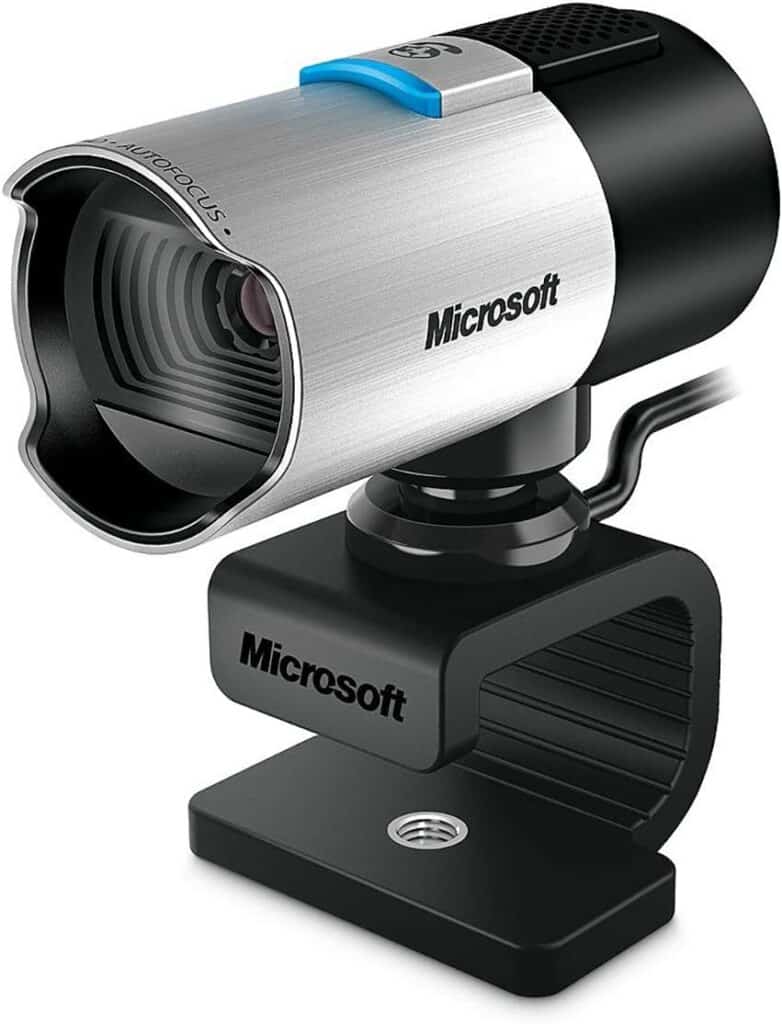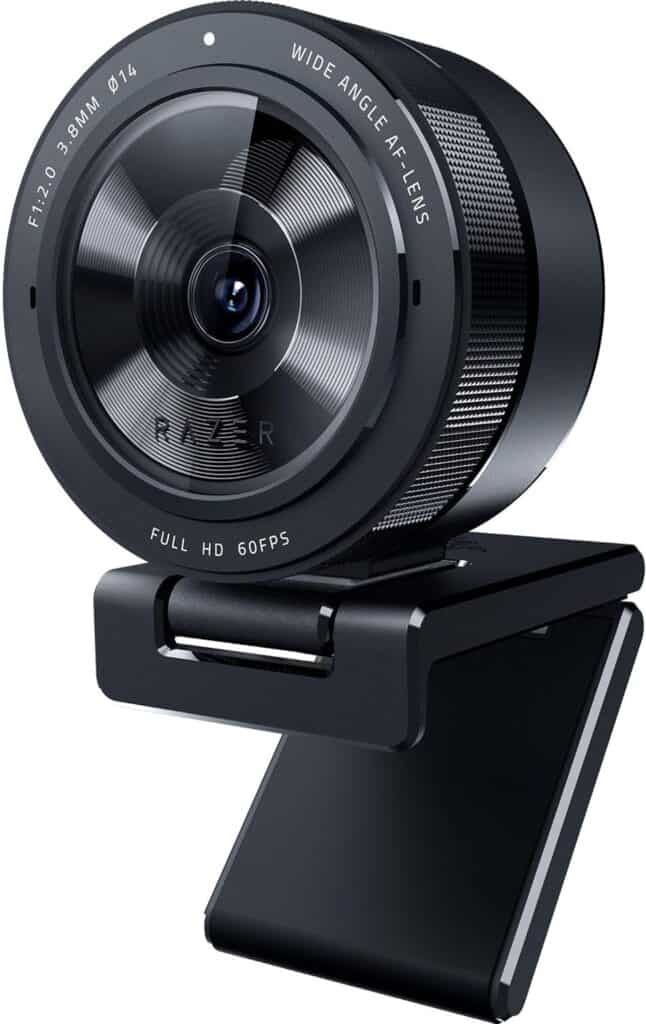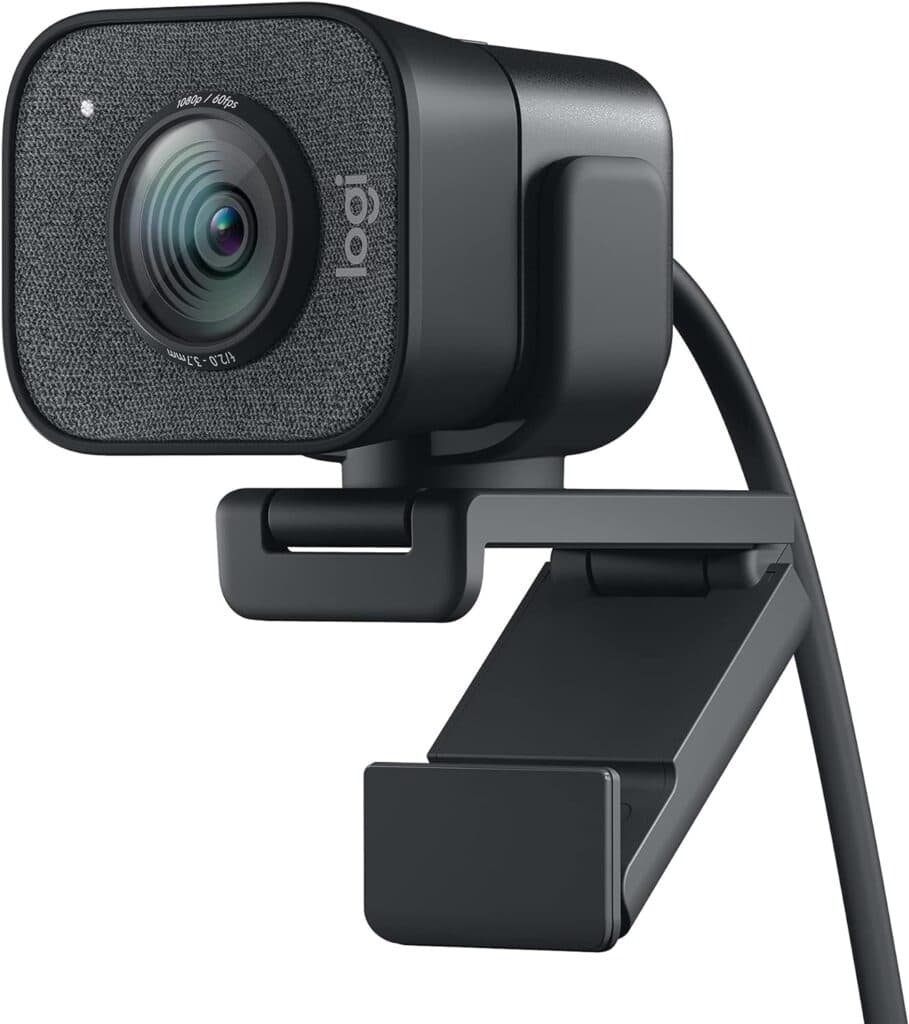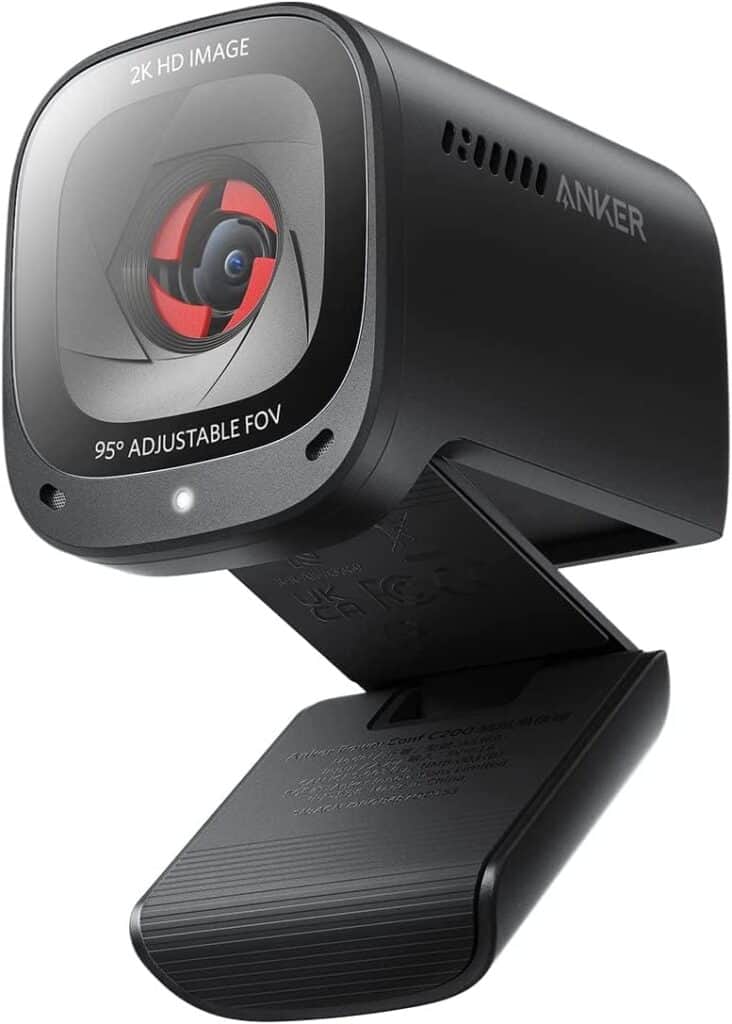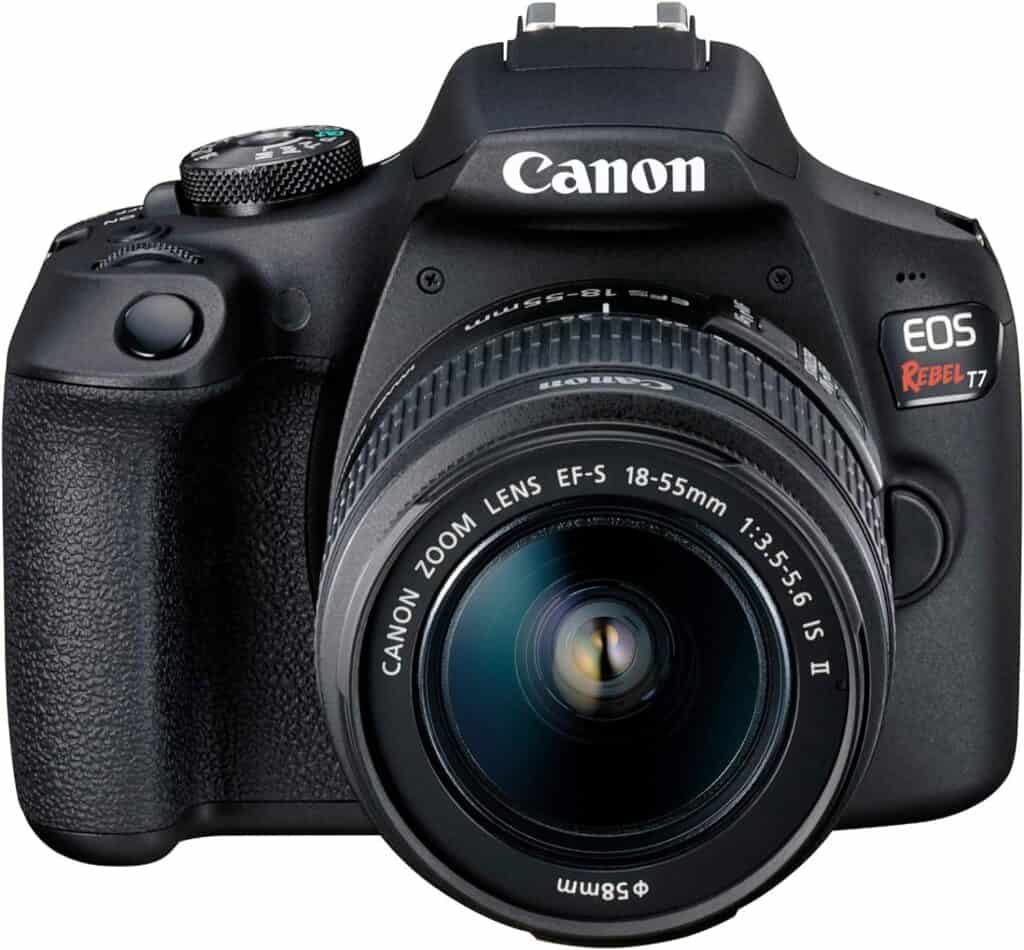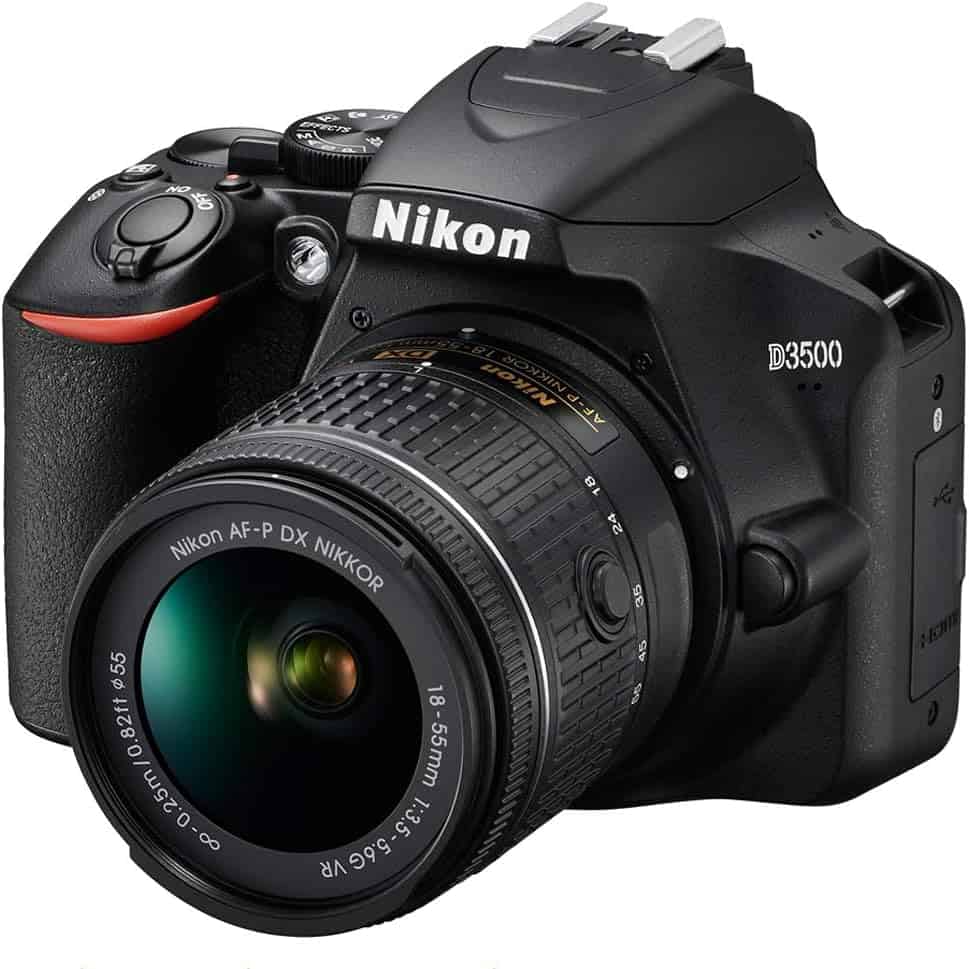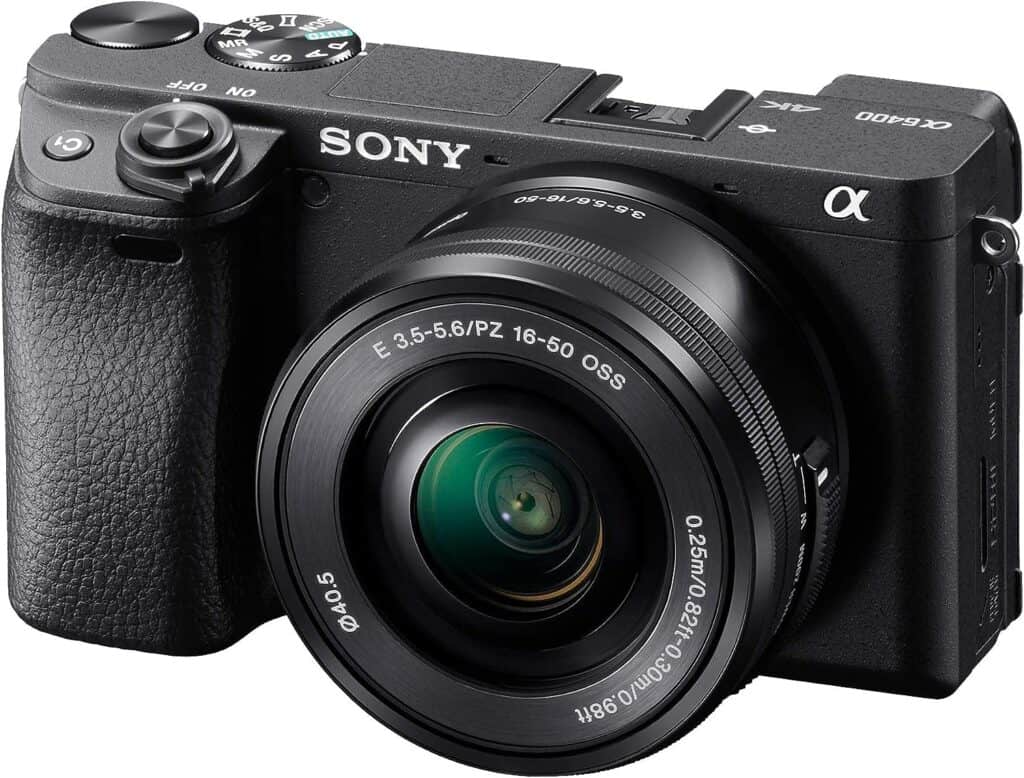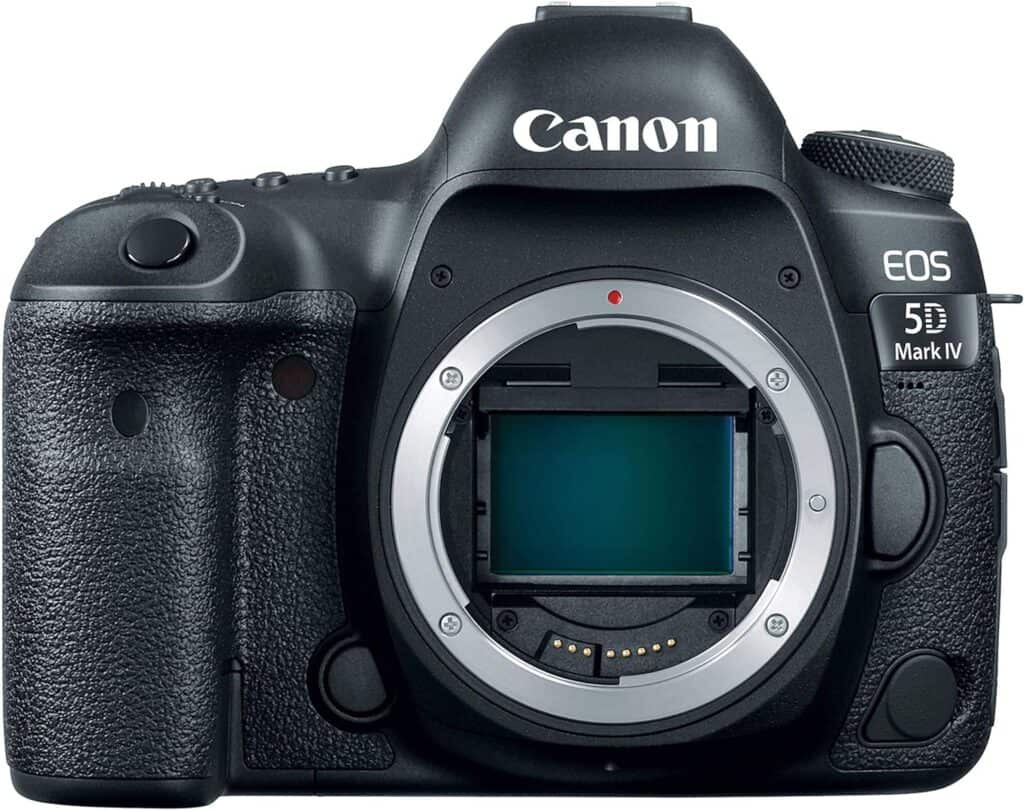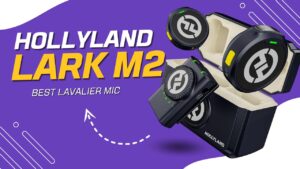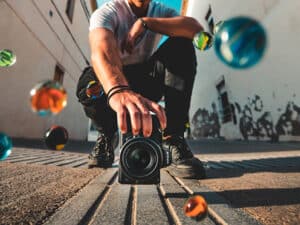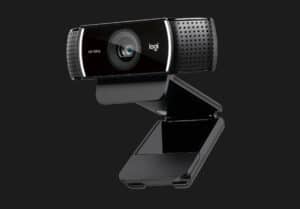When you’re making videos, live streaming, or creating content for YouTube, choosing the right camera is crucial. You need something that offers great video quality, but is also easy to use and fits within your budget. Two common choices are webcams and DSLR cameras. But what sets them apart?
In this article, we break down webcams vs. DSLR cameras to help you decide which is right for you. We also recommend some options to help you find the right piece of equipment.
Castos is a participant in the Amazon Services LLC Associates Program. We may earn commissions from your purchases on Amazon.com, though at no cost to you.
Tip
Check out our picks for the best webcams for YouTube
Webcams vs. DSLR Cameras: What’s the Difference?
Webcams are the small cameras you often see on top of computer monitors. Sometimes they’re built into your laptop or desktop monitor. They are super easy to use. Just plug them in, and you’re ready to go.
Webcams are great for video calls, quick live streams, or if you’re just starting out. They’re also quite affordable. However, webcams don’t give you the best image quality, especially in low light.
On the other hand, DSLR cameras are the type you might see professional photographers use. They’re bigger and offer much better image quality.
With a DSLR, your videos look crisp and clear, even when the lighting isn’t perfect. They’re fantastic for creating high-quality videos or when you want your live stream to look extra professional. But, DSLRs are more expensive and take a bit of learning to use effectively.
Tip
See our list of the best cameras for podcasting.
So, in simple terms, webcams are easy to use and budget-friendly, but they don’t match the image quality of DSLR cameras. DSLRs give you top-notch videos but are pricier and need some know-how to operate.
Your choice depends on what’s more important for your videos: convenience or quality.
Pros and Cons of Webcams
Let’s walk through the advantages and disadvantages of webcams.
Pros of Webcams
Easy to Use: Webcams are plug-and-play, meaning you can easily connect them to your computer and start using them without much setup.
Affordable: Compared to DSLR cameras, webcams are much more budget-friendly, making them a good choice for beginners or those on a tight budget.
Compact: They’re small and don’t take up much space, which is great if you have a limited working area.
Built-in Microphone: Many webcams come with internal microphones, which is convenient for quick setups.
Cons of Webcams
Lower Image Quality: Webcams generally offer lower resolution and image quality compared to DSLR cameras, especially in poor lighting conditions.
Limited Control: You have less control over settings like focus, exposure, and frame rate, which can limit your ability to fine-tune your video’s look.
Fixed Position: They’re often mounted on your computer or monitor, giving you fewer options for changing the camera angle or position.
Dependency on Computer: Webcams need to be connected to a computer to function (sometimes specific webcam software or a webcam app), which can be limiting if you want to record away from your computer setup.
The Best Webcams for Creators
As you consider webcams vs. DSLR cameras, here are some popular standalone webcams you should check out for video calls, video meetings, streaming, and content creation.
1. Logitech C920 HD Pro Webcam
This webcam is a favorite among creators for its sharp, full HD 1080p video quality, which is essential for professional-looking content. Its reliable autofocus and light correction adapt well to various lighting conditions, ensuring you always look your best. The dual microphones provide clear audio, making it an excellent choice for live streaming or recording detailed tutorials.
2. Microsoft LifeCam Studio
Designed for professional use, the Microsoft LifeCam Studio offers a high-fidelity microphone and 1080p HD video quality. Its TrueColor Technology ensures vibrant, accurate colors in your videos, which is crucial for creating engaging content. The wideband microphone delivers natural, detailed audio. It’s a robust option for creators who want to make a strong impression with their video quality.
3. Razer Kiyo Streaming Webcam
Unique for its built-in ring light, the Razer Kiyo ensures you’re well-lit in any environment, which is vital for maintaining a professional appearance on camera. The 1080p resolution at 30fps provides crisp, fluid video, ideal for streamers and YouTubers who need consistent quality. Its plug-and-play design makes it user-friendly for creators at all levels.
4. Logitech StreamCam
Specifically designed for streamers and content creators, the Logitech StreamCam features smooth 1080p at 60fps video for high-quality live streaming and recording. Its auto-framing and intelligent exposure keep you in focus and well-lit, ensuring a professional look. The ability to switch between portrait and landscape mode is a bonus for creators who publish across different platforms.
5. Anker PowerConf C300
The Anker PowerConf C300 is a smart choice for creators looking for sharp image quality and intelligent features. With 1080p resolution, AI-enhanced framing, and autofocus, it maintains a professional image quality. The dual microphones with noise cancellation ensure your audio is clear, so it is suitable for video podcasts, interviews, or live commentary.
Pros and Cons of DSLR Cameras
Now let’s consider the advantages and disadvantages of DSLR cameras.
Pros of DSLR Cameras
High Image Quality: DSLR cameras provide superior image quality, with better resolution, sharpness, and color accuracy.
Adjustable Settings: You have extensive control over settings like exposure, focus, and aperture, allowing for more creative and technical flexibility.
Interchangeable Lenses: You can change lenses on a DSLR to suit different shooting scenarios, from wide-angle to telephoto.
Better in Low Light: DSLRs perform much better in low light conditions, producing clearer and less grainy images and videos.
Versatility: Besides video, DSLRs are excellent for photography, making them a versatile tool for content creators.
Cons of DSLR Cameras
Cost: DSLR cameras are more expensive than webcams, which can be a significant investment, especially when you factor in the cost of lenses and accessories.
Complexity: They can be complex to use, with a learning curve for those new to advanced camera settings and photography principles.
Size and Weight: DSLRs are bulkier and heavier than webcams, which can be a drawback for mobile or on-the-go shooting.
Additional Equipment Needed: To get the most out of a DSLR, you might need extra gear like lenses, microphones, and tripods.
No Built-in Microphone: While some DSLRs have built-in microphones, the quality is usually not as good as a dedicated external microphone.
The Best DSLR Cameras
Let’s look at some of the best DSLR cameras to help make your webcams vs. DSLR cameras choice.
1. Canon EOS Rebel T7
The Canon EOS Rebel T7 is an excellent starter DSLR for creators, offering impressive image quality with its 24.1MP sensor. Its intuitive design makes it easy to transition from novice to pro. The Full HD video recording is perfect for creators looking for a blend of quality and simplicity in their productions, without overwhelming with too many advanced features.
2. Nikon D3500
With its user-friendly interface, the Nikon D3500 is ideal for creators stepping into the DSLR world. Its 24.2MP sensor and Full HD video capabilities ensure crisp, detailed visuals. The camera’s compact size and long battery life make it perfect for vloggers or creators on the go, providing professional-quality content without the bulk.
3. Canon EOS 90D
This camera is a powerhouse for video creators, offering 32.5MP images and uncropped 4K video recording. The EOS 90D’s dual pixel autofocus keeps videos sharp and professional, essential for dynamic shooting. Its articulating touchscreen is a boon for solo creators, allowing easy control and framing, making it a top choice for serious videographers and YouTubers.
4. Sony Alpha a6400
The Sony a6400 is a hit among creators for its superb autofocus system and 4K video quality. Its compact size belies its power, making it suitable for creators who prioritize mobility without sacrificing performance. The 180-degree tiltable LCD screen is perfect for vlogging, and its real-time eye autofocus ensures you’re always the focus in your creative endeavors.
5. Canon EOS 5D Mark IV
For professional creators seeking top-tier quality, the 5D Mark IV offers stunning 30.4MP images and 4K video. Its robust build and extensive feature set cater to the demanding needs of professional photography and videography. The touch panel LCD, excellent low-light performance, and advanced autofocus system make it a versatile choice for high-end content production in various settings.
How to Choose Between Webcams vs. DSLR Cameras
Choosing between a webcam and a DSLR camera depends on your needs, budget, and the kind of content you want to create. Here’s a simple guide to help you decide:
1. Consider Your Budget
Webcams are more affordable than DSLR cameras. If you’re just starting out or have a tight budget, a webcam might be the way to go.
2. Think About Your Content
What kind of videos are you planning to make? If you’re doing casual livestreams, video chats, or simple tutorials, a webcam should suffice. But if you’re aiming for high-quality video production, like filmmaking or professional YouTube content, a DSLR will serve you better.
3. Consider Ease of Use
If you prefer something straightforward, webcams are simpler to use. Plug them in, and you’re set. DSLRs, however, require some learning, especially if you want to utilize their advanced features.
4. Determine Portability Needs
Webcams are small and easy to carry around, perfect if you don’t want to deal with bulky equipment. DSLRs are heavier and need extra gear, but they’re better for shooting on location or if you need to change settings quickly.
5. Flexibility and Control
DSLRs offer more control over your shooting settings, like focus, exposure, and shutter speed, giving you the flexibility to create various effects and handle different lighting conditions. Webcams, however, have limited adjustability.
6. Think About Your Long-Term Goals
Think about your long-term goals. If you plan to upgrade your video quality or delve into more serious videography, investing in a DSLR might be a wise choice, even if it’s a complex video source at the start.
In summary, if you want something easy, quick, and budget-friendly, go for a webcam. If you’re looking for higher quality, more control, and are willing to invest time and money, a DSLR is the better choice.
Webcams vs. DSLR Cameras FAQs
If you’re still considering webcams vs. DSLR cameras, here are some commonly asked questions that might help you decide.
Can webcams be used for professional video recording?
A standalone webcam can be used for professional purposes, especially for streaming or conferencing, but they may not match the video quality of DSLRs for high-end production.
Do DSLR cameras have a built-in microphone?
Most DSLRs have a built-in microphone, but for better audio quality, using an external microphone is recommended.
Can I use a DSLR as a webcam?
Yes, you can use a DSLR as a webcam with the right software or hardware adapter, providing much better video quality for your streams or calls.
Do I need special software to use a webcam?
No, most webcams are plug-and-play with built-in drivers, but additional software can offer more features and controls. However, some require specific webcam software, so check before you buy.
Are DSLR cameras good for live streaming?
DSLRs provide excellent video quality for live streaming, but they require more setup and can be overkill for simple streaming needs. Check your streaming platform / streaming software to ensure your DSLR camera is compatible.
Can I set up multiple DSLR cameras as webcams?
Yes, you can set up multiple DSLRs as webcams, but you’ll need multiple capture cards and possibly a video switcher for seamless switching.
Do I need a capture card to use a DSLR as a webcam?
Generally, yes, a capture card is needed to convert the DSLR’s video source into a format your computer can use as a webcam.
How can I use my DSLR as a free webcam?
Some DSLRs can be connected directly to a computer using a USB cable with manufacturer software or third-party applications, allowing them to function as webcams without extra hardware.
What’s the best DSLR for webcam use?
The best DSLR for webcam use is one that offers clean HDMI output, good video quality, and compatibility with webcam software or hardware, like certain models from Canon or Sony.
Looking for more gear for your content needs? Check out some of our reviews:

